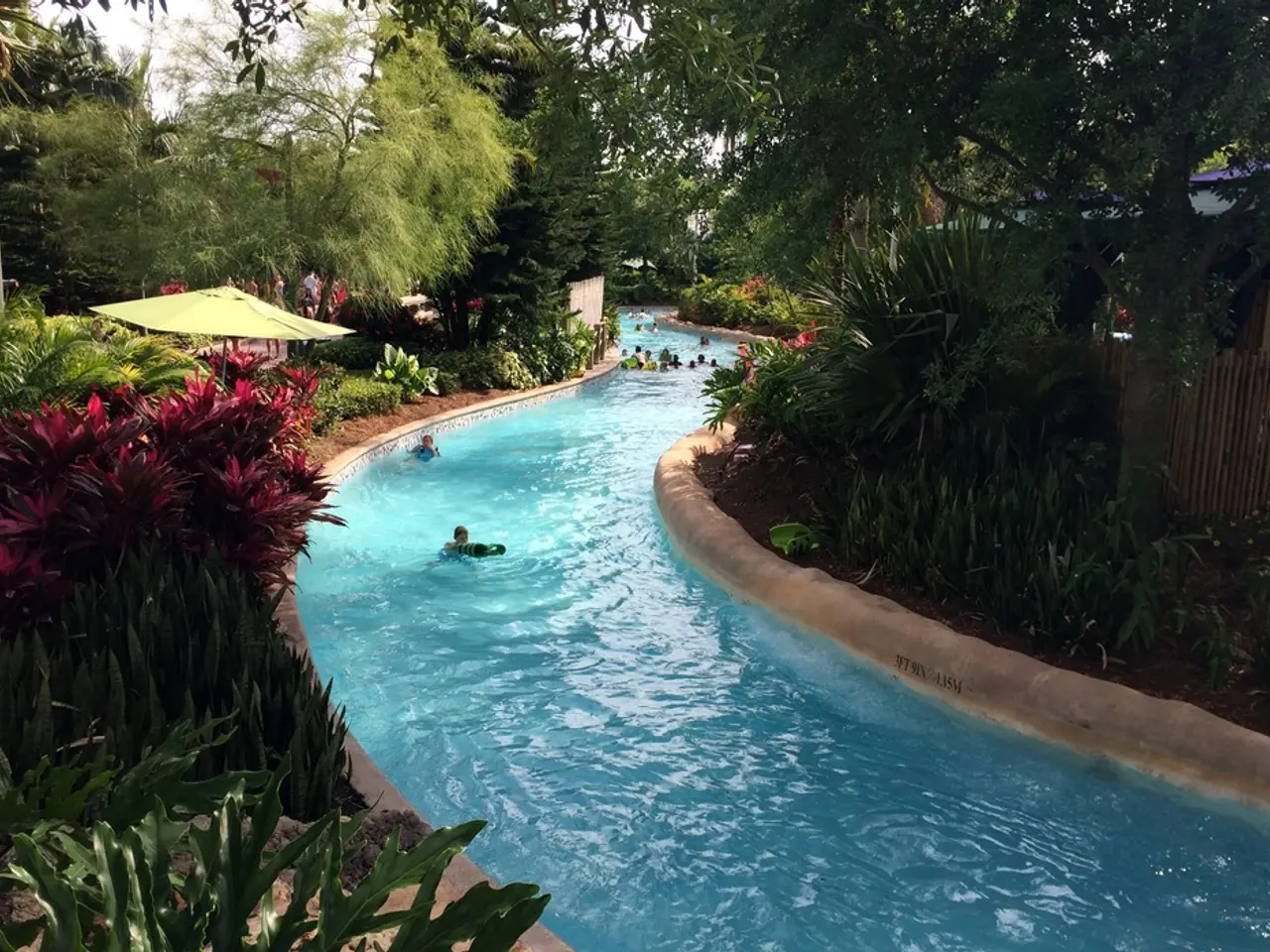A brief overview of the origins and development of swimming pools
In a time when the world grapples with water problems due to climate change, the documentary "Pool Stories - The Dream of Cool Water" delves into the challenges and opportunities surrounding swimming pools.
The history of swimming pools stretches back to antiquity, with the earliest recorded evidence dating to ancient civilizations such as Egypt, Greece, and Rome. The Romans, for instance, constructed distinct swimming pools, separate from their baths, with the first heated pool attributed to Gaius Maecenas in the 1st century BCE. Initially, pools served not only for recreational purposes but also played a role in ritual and social activities.
During the Middle Ages, the use of public baths and pools declined in Europe due to religious and hygienic concerns. However, the tradition of bathing and swimming continued in other parts of the world, such as the Middle East and Asia. The concept of swimming as a sport and recreational activity began to revive in Europe during the 16th and 17th centuries, though organized swimming competitions and pools were not widespread until the 19th century.
The modern swimming pool, as we know it today, began to take shape in the 19th century. The first indoor swimming pool was opened in London in 1828, marking the beginning of competitive swimming. Post-World War II, the proliferation of swimming pools across the United States, particularly in the residential sector, was accelerated by companies like Patio Pools & Spas, founded in the late 1940s.
Today, swimming pools are common in both public and private settings, serving recreational, competitive, and therapeutic purposes. However, their role in addressing water problems due to climate change is complex. On one hand, swimming pools require significant amounts of water, which can strain local water resources, especially in regions experiencing drought or water scarcity. On the other hand, modern pool designs and technologies aim to reduce water and energy consumption. For example, using saltwater systems, advanced filtration systems, and solar-powered heating can minimize the environmental impact.
Public pools can also serve as centres for water conservation education and community engagement on climate change issues. In Germany, there are around 6,000 public indoor and outdoor pools, including popular establishments like the Loretto Bath in Freiburg im Breisgau, the only one in Germany with a separate ladies' pool. The documentary "Pool Stories - The Dream of Cool Water" explores the history and future of swimming pools, set to air on Arte on July 10, 2021, at 8:15 PM.
In conclusion, while swimming pools have a rich history and contribute to recreational and social activities, their role in addressing water problems due to climate change is multifaceted. They can be part of the solution by adopting sustainable technologies and practices, but they also require careful management to minimize their environmental footprint.
The documentary "Pool Stories - The Dream of Cool Water" addresses the challenges and opportunities associated with the integration of swimming pools into a lifestyle that is mindful of water conservation, considering their role in both recreation and environmental impact. Enthusiasts of home-and-garden design, particularly those interested in innovative pool technologies, can find the film enlightening.




